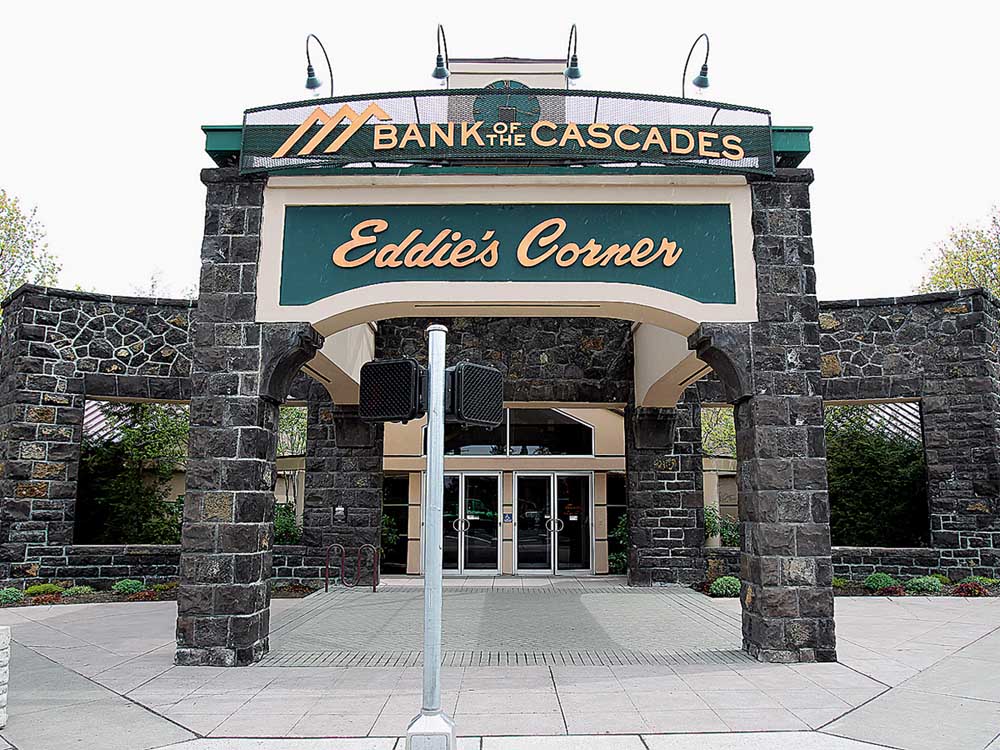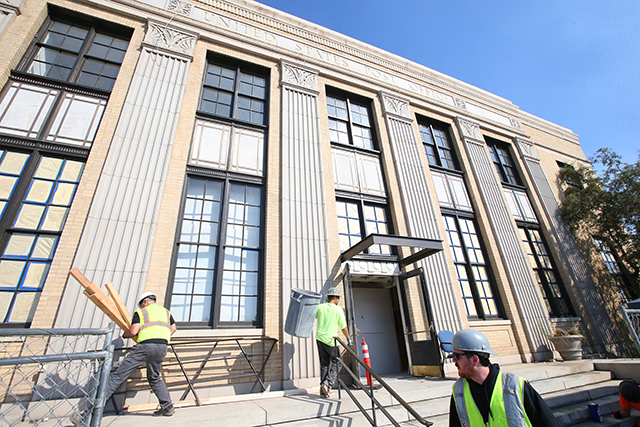Private equity investors profit from Bank of the Cascades sale
Published 12:00 am Sunday, December 4, 2016

- First Interstate Bank completed its acquisition Tuesday of Bend-based Bank of the Cascades. (Andy Tullis/ Bulletin file photo)
The sale of Bend-based Bank of the Cascades to First Interstate Bank could bring three private equity funds that own significant stakes in the local bank a 90-percent return.
Funds managed by Lightyear Capital LLC, WL Ross & Co. and Leonard Green & Partners L.P. acquired most of the 44.2 million shares the faltering bank issued in 2010, helping raise $177 million. The firms paid $4 per share, and each firm gained a seat on holding company Cascade Bancorp’s board of directors, which approved the proposed merger with First Interstate, based in Billings, Montana. Under terms of the deal, Bank of the Cascades shareholders will receive a combination of cash and stock valued at $7.60 per share.
Trending
If the private equity firms exit at the deal price of $7.60 per share, they each will make about $87.4 million on a $46 million investment.
Not all investors will see the same level of return as the three private equity firms, which acquired their shares at a near-low for the decade and together own 47 percent of the stock. Just before the financial crisis of 2007, Cascade Bancorp shares traded at $300 or more. When the merger was announced on Nov. 17, Bank of the Cascades shares closed at $6.94.
“I wholeheartedly acknowledge those investors, what that group went through,” said Jeffrey Rulis, senior research analyst focusing on community banks at D.A. Davidson & Co. “If you were a pre-recession holder, this hasn’t been a good outcome.”
Shareholders who don’t have a say in the deal, which still must be approved by regulators, might have wanted Bank of the Cascades to remain independent and continue trying to increase its value. Private-equity investors are more motivated to sell a company, Rulis said, but he thinks Bank of the Cascades shareholders are getting a fair price from First Interstate.
For each share of Bank of the Cascades stock, shareholders will receive $1.91 in cash and 0.14864 shares of First Interstate. Based on First Interstate’s Nov. 16 closing price, $38.30, the deal is worth $7.60 per share.
Traded on the Nasdaq as CACB, Bank of the Cascades flew higher than most community-bank stocks because of Central Oregon’s real estate boom, Rulis said, and it dropped more steeply than most during the financial crisis.
Trending
In August 2009, the Federal Deposit Insurance Corp. issued a cease-and-desist order that required the bank to increase its capital to cover its loan losses. The private equity money, along with additional investment from major shareholder David Bolger, kept the bank from going under, said CEO Terry Zink, who joined the bank in 2012. “Otherwise the bank would’ve failed and stockholders would’ve lost everything,” he said recently. .
Then-CEO Patty Moss and Chief Financial Officer Greg Newton were looking for new sources of capital when Lightyear stepped forward. The New York firm was putting together a portfolio of community banks that seemed under-valued, said managing director Chris Casciato, who sits on Cascade Bancorp’s board of directors.
“We saw it was a good-performing bank that had gotten into some difficulty with loans, like many banks did,” he said. “If we could figure a way to recover from those loans, it would still be a good investment for us.”
With Lightyear’s backing, Moss and Newton landed an audience with Wilbur Ross, the billionaire investor whom president-elect Donald Trump recently chose as secretary of commerce. “He liked the story,” Newton said.
Finally, Los Angeles-based Leonard Green entered the deal, which was announced on Nov. 24, 2010. After issuing 44.2 million new shares, the bank executed a one-for-10 reverse split, in which each shareholder received one share for every 10. In a reverse split, individual holdings are reduced, but shares generally rise in value.
Zink, a former executive vice president of Cincinnati-based Fifth Third Bank whom the private-equity firms recruited out of retirement in 2012, argues that January 2011, when the additional capital hit the bank’s coffers, marks a new starting point for the stock’s performance. “It really is irrelevant what happened prior to 2011 because that company essentially is gone,” he said.
That’s readily apparent to Norma Rice, of Redmond, who said she and her husband, Ase, own about 600 shares. Before the recession, they received dividend checks for hundreds of dollars each quarter, she said. “It worked until it didn’t,” she said of the stock.
Bank of the Cascades declared its last dividend, 1 penny per share, on Oct. 24, 2008.
Not all major shareholders will make out as cleanly as the private equity firms. Bolger, who owns 9 percent of the stock and is represented on the board of directors by his attorney, Thomas Wells, came into Bank of the Cascades as a shareholder of Farmers Bank of Boise, which Cascades acquired in 2006. Bolger invested another $10 million to help recapitalize the bank, Newton said, so he’ll recover a chunk of his initial investment. “He did much better than if we failed,” Newton said.
Casciato of Lightyear said the long-term plan for Bank of the Cascades was to continue growing its assets, but the deal with First Interstate seemed to make sense for employees and customers, as well as shareholders. He said Lightyear has not yet decided whether it will keep the First Interstate stock.
The private-equity firms each own about 11.5 million Cascades shares, according to an April filing with the Securities and Exchange Commission.
D.A. Davidson, which did not take part in brokering the deal, rates both bank stocks as “neutral,” which means shareholders could see a return of zero to 15 percent over the next 12-18 months, Rulis said.
Newton noted that the Scott family, which founded First Interstate, will own about 40 percent of the combined bank’s stock. “They want to be here 25 years from now,” he said.
On Friday, Bank of the Cascades shares closed at $7.45, and First Interstate’s closed at $39.20, according to the Nasdaq.
—Reporter: 541-617-7860, kmclaughlin@bendbulletin.com








